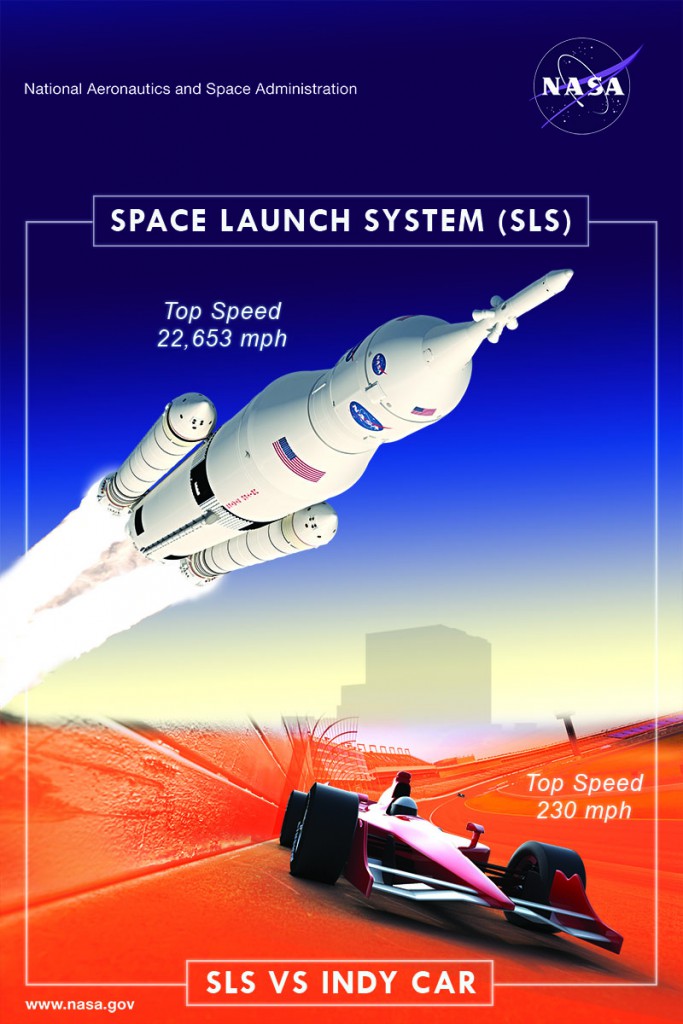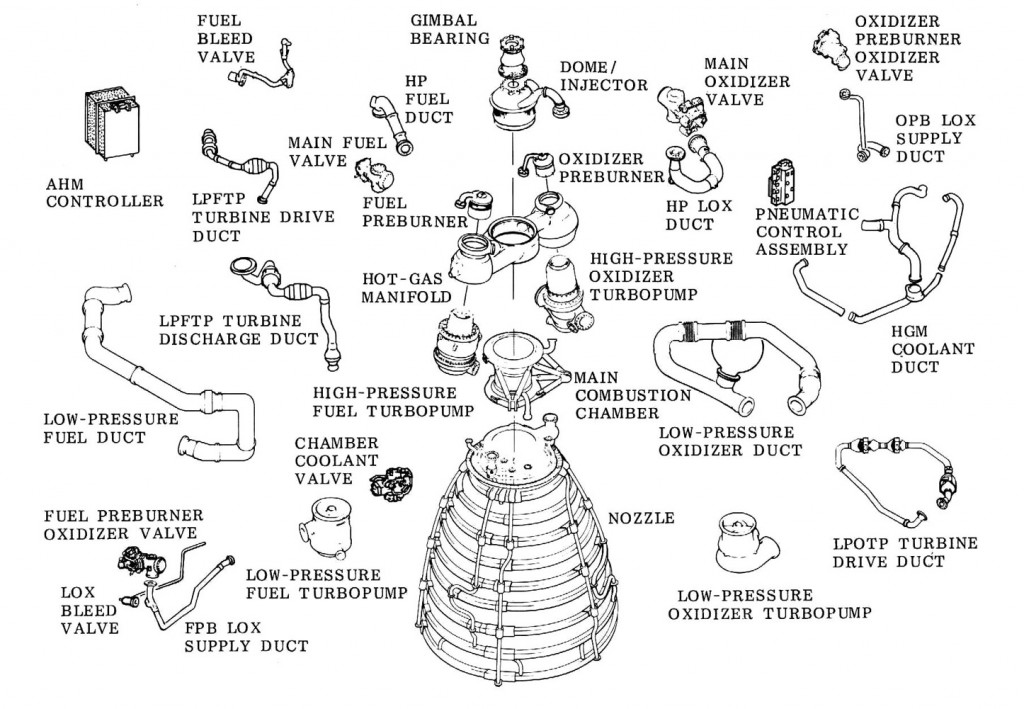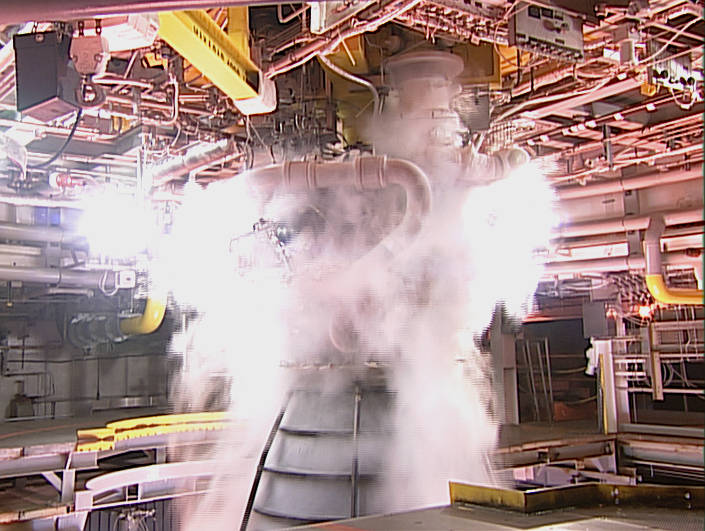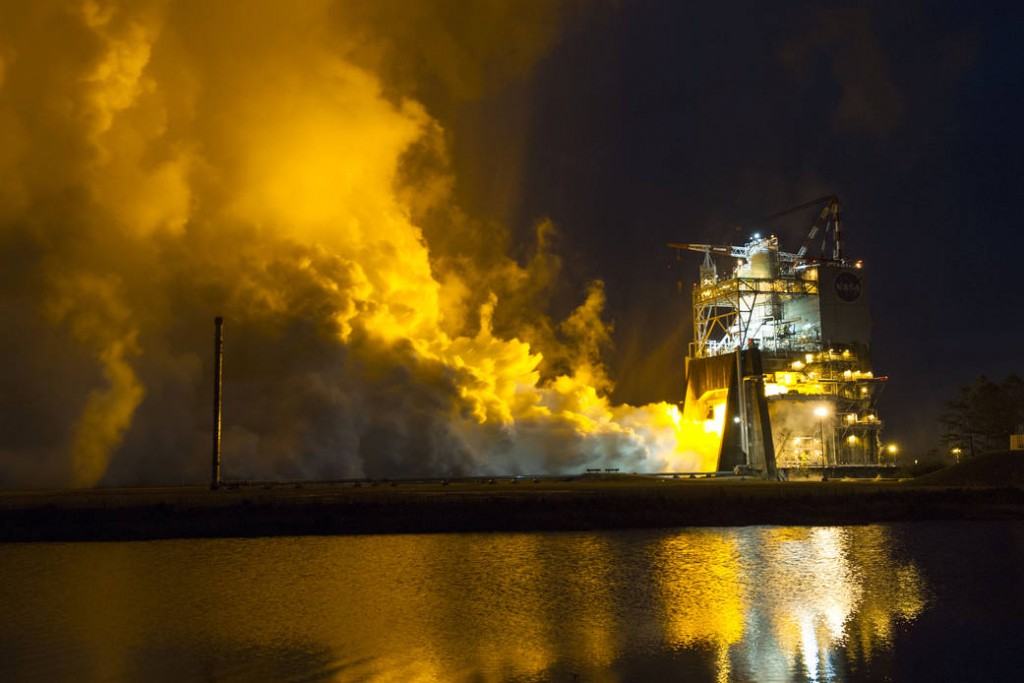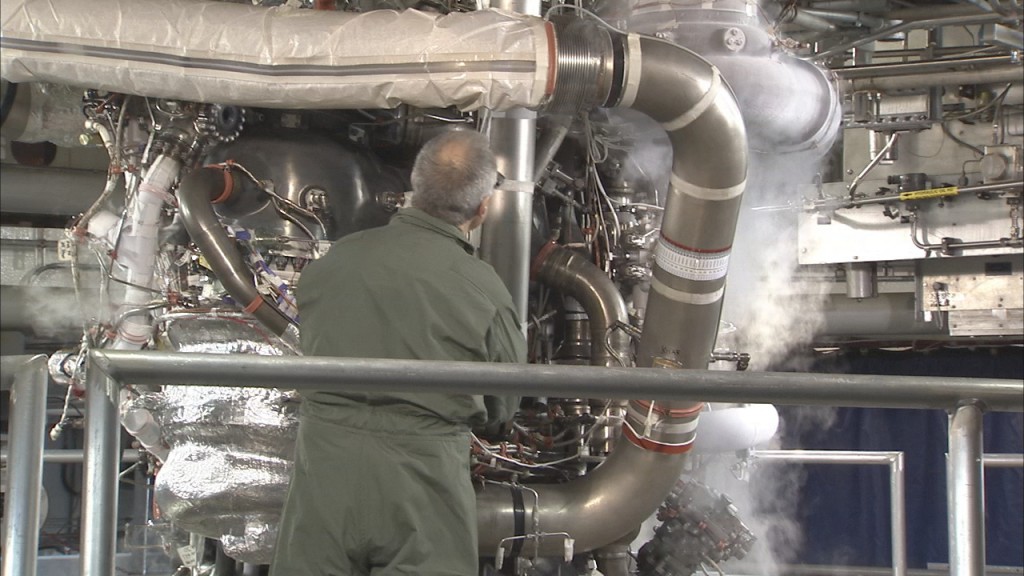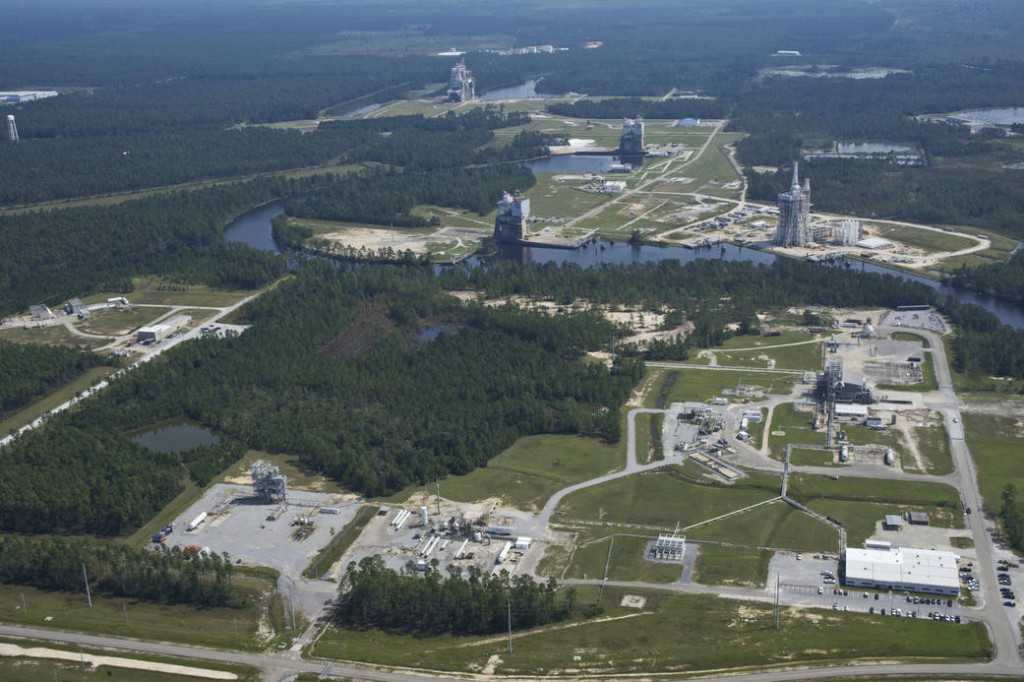https://www.youtube.com/watch?v=https://www.youtube.com/watch?v=08Gv7qDxgUE[/embedyt]
Can I make a confession? To be honest, I was a little bit jaded about going to see last week’s test firing of one of Space Launch System’s RS-25 engines.
Don’t get me wrong, when the opportunity to go came up, I took it in a heartbeat. I was even excited about it.
Let’s put this in perspective. I’ve seen shuttle launches. Not one, but three RS-25 engines, each time. Plus two solid rocket boosters. Stacked together, and heading into space atop a column of sky-splitting light and noise. If you never got to see one, they were pretty amazing.
So one RS-25? Going nowhere? Honestly?
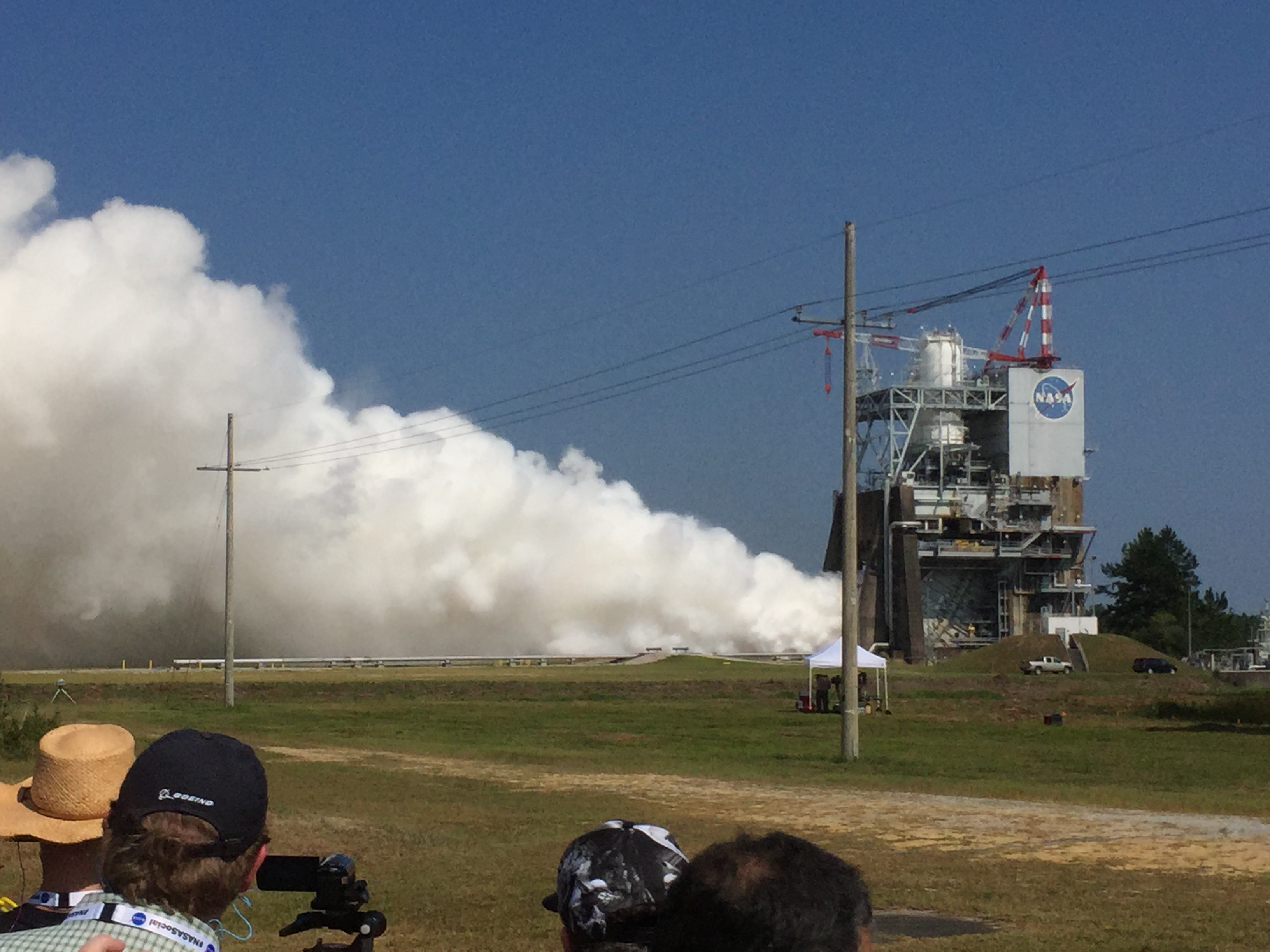
In case you missed it, in our last two blog posts, we talked about the test stands and the engines themselves, and you can read about the 535-second test of the 12-million-horsepower engine and see video here.
But what was it like?
If some hypothetical foolish soul were to be naïve enough as to be jaded about an RS-25 test because they had seen shuttle launches, not that anyone would do that, it would be because they failed to appreciate two big differences in watching an engine test.
When you watch an engine test, you’re much closer to the action than you are for a shuttle launch. And the engine doesn’t go anywhere during the test.
The former fact means that you get a better sense of the details of what’s going on. Watching a launch, you see the shuttle rising atop a majestic plume of white. From a football field away, you see just how dynamic that white cloud is as it exits the engines, the speed and violence of the steam leaving the stand. You get a new appreciation of the power those engines are generating. You understand the volume of the engines in a new way as well. Out of curiosity, during the test, I loosened one of my earplugs ever so slightly, and quickly realized how dumb an idea that was. It’s loud. Like, really loud.
The fact that the engine doesn’t go anywhere means that you experience the entire burn. Watch a launch, and it’s ephemerally amazing and then gone. Watch an engine test, and it’s unrelenting. Power and sound washing over you for minute after long minute. More than one person commented to me about having a better sense of what was happening during a launch vehicle’s climb to orbit after witnessing the test.

And then, at the end, a surprise I didn’t anticipate at all. In a launch, the end of an RS-25s burn comes in the silent void of space. On Earth, you hear everything. It’s hard to describe the sound that engine made as it ended the test – it reminded me of the astronaut descriptions of the shuttle I wrote about a few weeks ago. It was alive. A rolling growl of a mythic behemoth. Unearthly.
It’s been four years since I stood on a riverside in Titusville, Florida and watched the space shuttle Atlantis climb into the sky for the final time, and I still have years to wait until I watch the first SLS do the same.
To be sure, that future day seemed closer as I watched the RS-25 engine burn for a duration that would have put a spacecraft into orbit. Spaceflight is about speed, and speed is about power. The difference between being on the ground and being in orbit is less about altitude than it is velocity. Push something to 17,500 miles per hour, and it will orbit. Push it harder and faster, and it will go farther. This year, we’ve fired Space Launch System’s engines and boosters and demonstrated that right now we have the power we need to generate the speed. The next trick is completing the capability to keep those very thirsty engines fueled.
But I also came away from the test with a new appreciation for this time we’re in today, between those two launches. When I watched a shuttle launch, I didn’t have any sense of what one RS-25 engine was doing. I couldn’t distinguish it from the rest of the vehicle. Watching the test, you appreciate that engine. The power, the volume, the force of one RS-25. It’s an amazing piece of machinery. People came away with an excitement for seeing the core stage green run test in two years, when four engines will be integrated into the stage and fired together. Understanding what one engine is like, there was an eagerness to see that quadrupled.
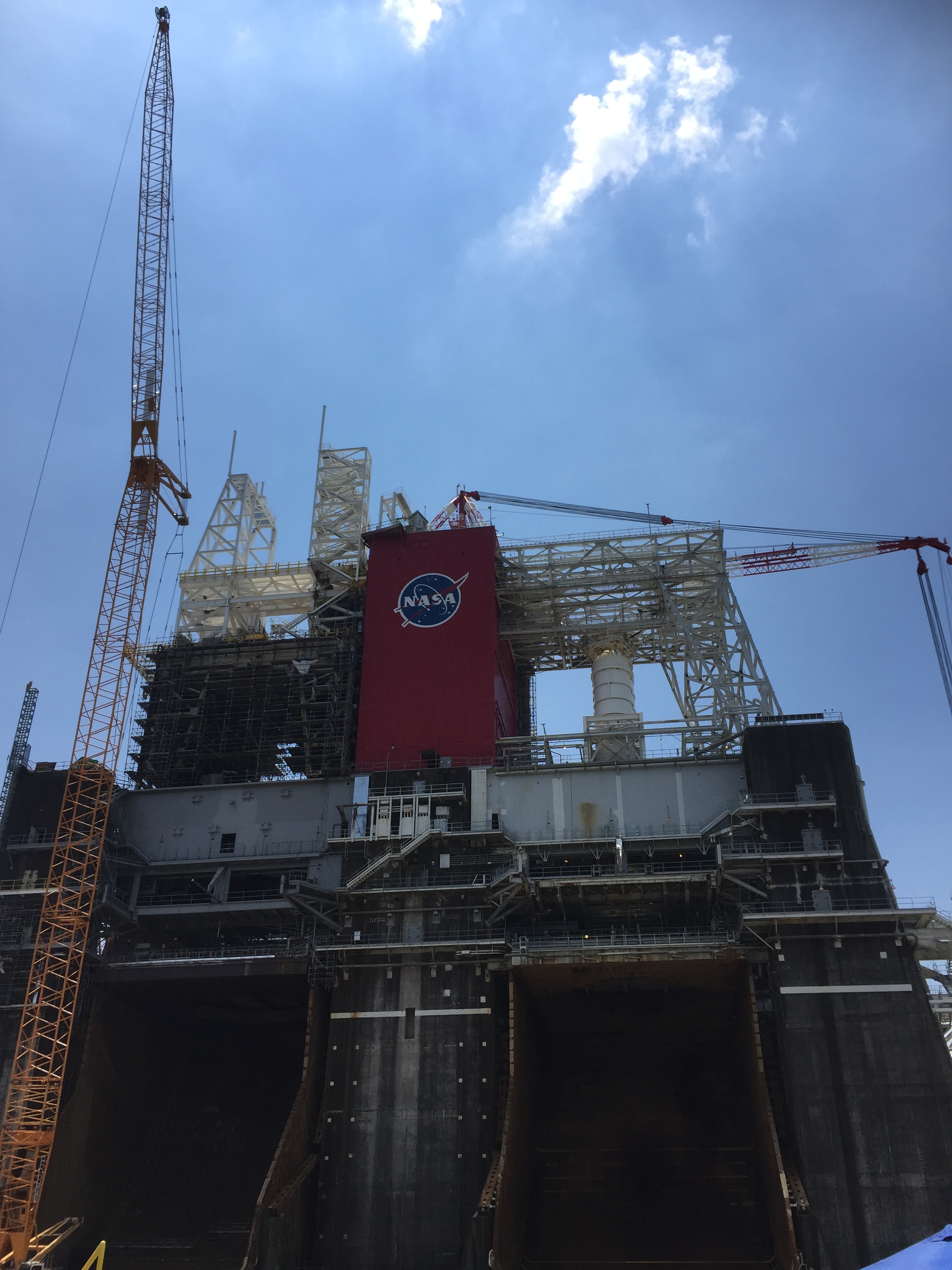
In March, we test-fired one of SLS’ solid rocket boosters, and those who were there talk about a similar experience. You didn’t get a sense watching the shuttle of what one SRB was contributing. But take it off the stack and fire it on its own? One SLS booster burns with the equivalent force of seven RS-25s, so you can imagine it’s impressive in its own right.
And it’s not just the propulsion systems. I got to stand within feet of the stage adapter that mated Orion to the Delta IV Heavy rocket used for Exploration Flight Test-1 in December 2014, a twin of which will connect Orion to SLS on our first flight. Look at a picture of SLS, and you barely notice that adapter. Stand next to the thing, and it’s a substantial piece of hardware.
This current period we’re in is about construction, but for me, I love that it has the added benefit of being about deconstruction. About taking one of the most amazing vehicles our species has created, and breaking it down to its parts. About seeing how incredible each of those parts is individually, understanding them better in their own right. About adding and understanding new parts, bigger and more advanced. And then, ultimately, taking those parts and putting them together in a new way to do a new thing.
So, yes, despite my naïve jadedness, I enjoyed watching the test firing. Immensely.
But, wow, am I looking forward to that launch.
Next Time: Exploration Football
Join in the conversation: Visit our Facebook page to comment on the post about this blog. We’d love to hear your feedback!



